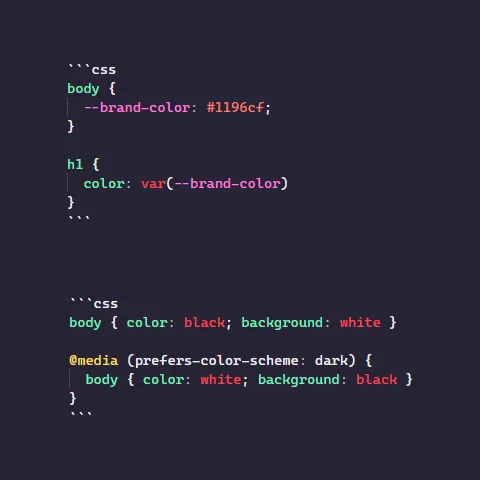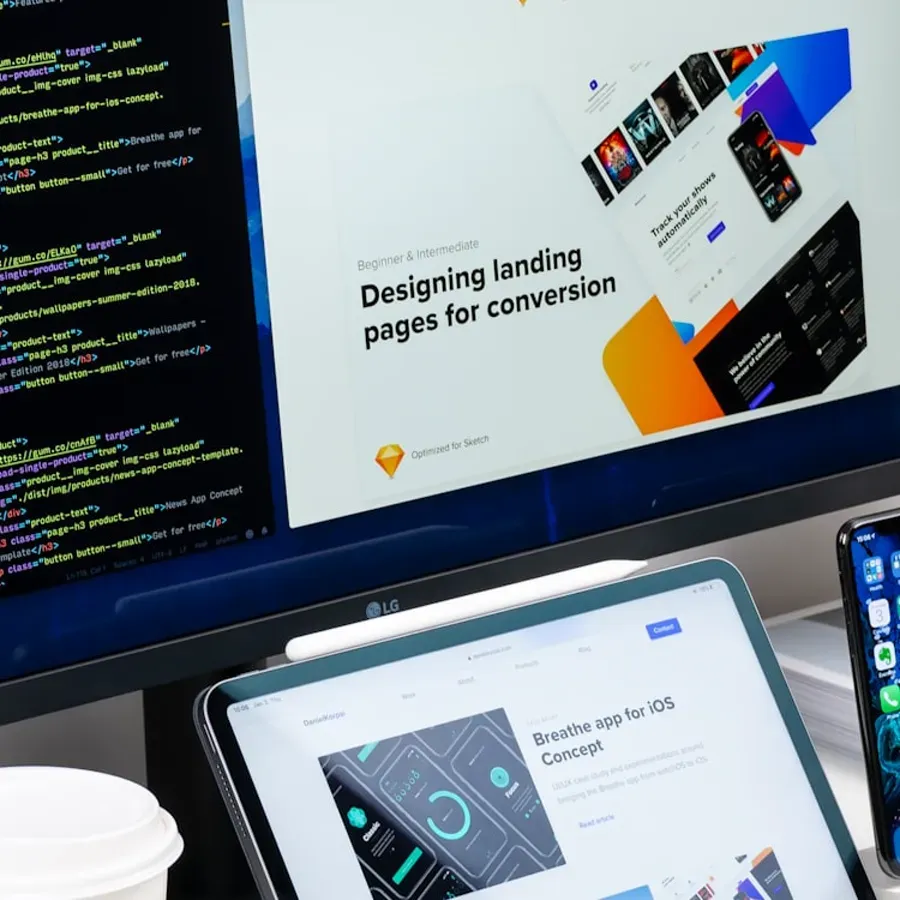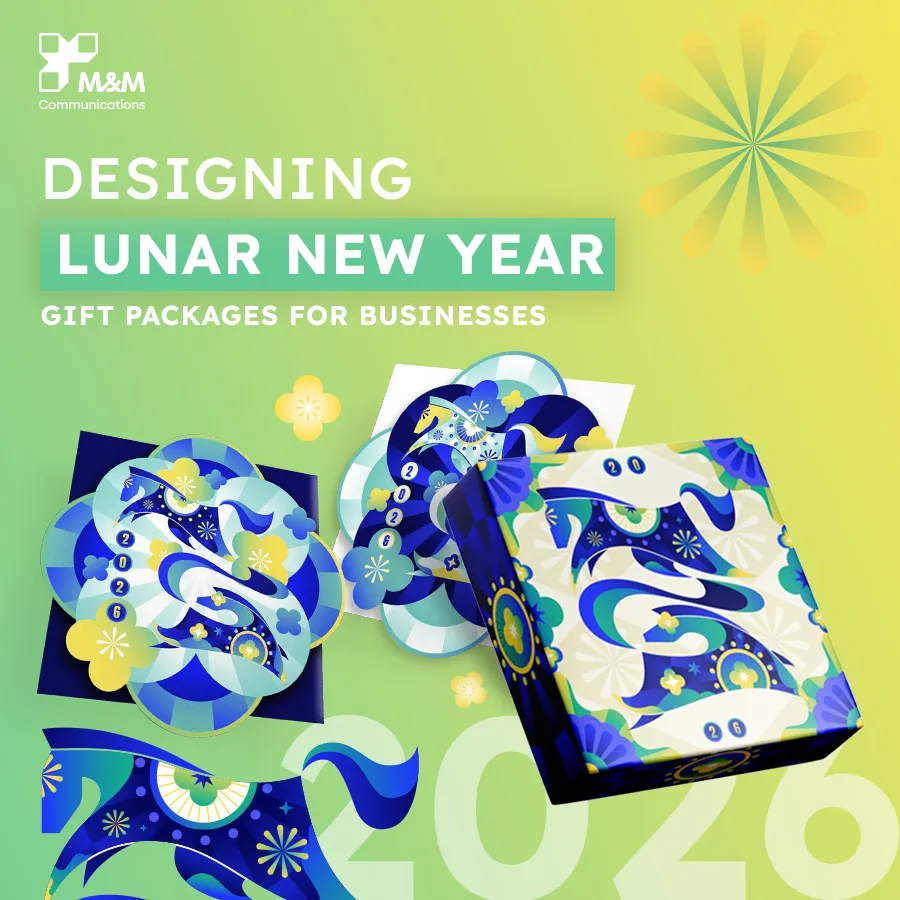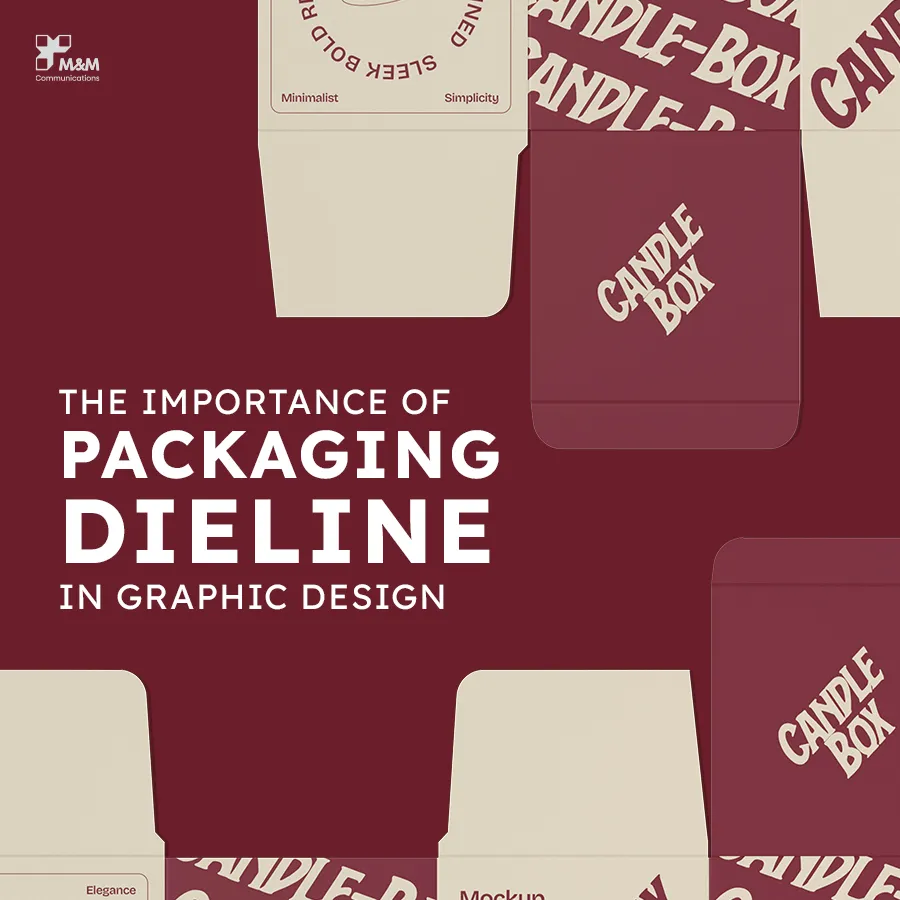
UI/UX Design Excellence 2025: Crafting Optimal User Experiences for Vietnamese Audiences

1. The Critical Importance of UI/UX Design in 2025
In the competitive digital landscape of Vietnam, User Interface (UI) and User Experience (UX) design are no longer afterthoughts but core drivers of business success. UI design focuses on the visual appeal and interactivity of a digital product, while UX design encompasses the overall experience a user has. Together, they determine how easily and enjoyably users can achieve their goals, directly impacting engagement, conversions, and brand loyalty.
Why UI/UX excellence is vital for Vietnamese businesses:
- Enhanced Customer Satisfaction: Intuitive and pleasant experiences lead to happier users.
- Increased Conversion Rates: Easy-to-use interfaces guide users towards desired actions.
- Improved Brand Loyalty: Positive experiences foster stronger connections with your brand.
- Reduced Development Costs: Early UX research and testing can prevent costly redesigns.
- Competitive Differentiation: Superior UX can be a key differentiator in a crowded market like Vietnam.
2. User Research Methodologies: Understanding Your Vietnamese Audience
Effective UI/UX design begins with a deep understanding of your target users in Vietnam. Various research methods can uncover their needs, behaviors, and pain points.
2.1. Qualitative Research Methods
- User Interviews: One-on-one conversations to gain in-depth insights into user motivations and experiences. Crucial for understanding cultural nuances in Vietnam.
- Contextual Inquiries: Observing users in their natural environment to understand how they interact with products or perform tasks.
- Usability Testing (covered later): Observing users attempting to complete tasks with a prototype or live product.
- Focus Groups: Moderated discussions with a small group of target users to gather opinions and feedback.
2.2. Quantitative Research Methods
- Surveys & Questionnaires: Collecting data from a large user base on preferences, satisfaction, and demographics. Adapt questions for Vietnamese respondents.
- A/B Testing: Comparing two versions of a design to see which performs better based on specific metrics.
- Website/App Analytics: Analyzing data on user behavior (e.g., click-through rates, bounce rates, time on page) using tools like Google Analytics.
- Heatmaps & Click Tracking: Visualizing where users click, scroll, and pay attention on a page.
2.3. Creating User Personas and Journey Maps
- User Personas: Fictional representations of your ideal Vietnamese customers based on research.
- User Journey Maps: Visualizing the end-to-end experience a user has with your product or service.

3. Building Robust UI Design Systems
A UI design system is a comprehensive library of reusable components, guidelines, and principles that ensure consistency and efficiency in design and development.
3.1. Components of a Design System
- UI Kit: A collection of design elements like buttons, forms, navigation menus, typography styles, and color palettes.
- Component Library: Reusable code snippets for developers that match the UI kit.
- Style Guide: Defines visual design rules, including branding, typography, color usage, and imagery.
- Content Guidelines: Voice, tone, and language conventions (important for bilingual English/Vietnamese sites).
- Accessibility Standards: Ensuring components meet WCAG guidelines.
3.2. Benefits of Using a Design System
- Consistency: Ensures a unified look and feel across all products and platforms.
- Efficiency: Speeds up design and development workflows.
- Scalability: Makes it easier to grow and evolve digital products.
- Improved Collaboration: Provides a single source of truth for designers and developers.
- Brand Cohesion: Reinforces brand identity.
4. Effective Usability Testing: Ensuring User-Friendly Designs
Usability testing involves observing real users interacting with your product to identify pain points and areas for improvement. It's crucial to conduct testing with representative Vietnamese users.
4.1. Planning Your Usability Tests
- Define Objectives: What specific aspects of the design do you want to evaluate?
- Select Participants: Recruit users who match your target Vietnamese audience personas.
- Create Task Scenarios: Develop realistic tasks for users to complete.
- Choose a Testing Environment: In-person moderated, remote moderated, or remote unmoderated.
4.2. Conducting Usability Tests
- Facilitation: Guide users through tasks without leading them. Use neutral language, possibly in Vietnamese.
- Observation: Note user behaviors, hesitations, errors, and verbal feedback.
- Think-Aloud Protocol: Encourage users to verbalize their thoughts as they perform tasks.
- Recording: Capture sessions (with consent) for later analysis.
4.3. Analyzing and Reporting Findings
- Identify Patterns: Look for recurring issues and pain points.
- Prioritize Problems: Focus on fixing the most critical usability issues first.
- Provide Actionable Recommendations: Suggest specific design changes.
5. Measuring UX Success: Key Metrics and KPIs
Quantifying the impact of UX design is essential for demonstrating its value and guiding ongoing optimization efforts.
5.1. Behavioral Metrics (What users do)
- Task Success Rate: Percentage of users who successfully complete a defined task.
- Time on Task: How long it takes users to complete a task.
- Error Rate: Number of errors users make while attempting a task.
- Conversion Rate: Percentage of users who complete a desired goal (e.g., purchase, sign-up).
- Bounce Rate / Exit Rate: Percentage of users leaving the site or a specific page quickly.
5.2. Attitudinal Metrics (What users say)
- System Usability Scale (SUS): A standardized questionnaire to measure perceived usability.
- Net Promoter Score (NPS): Measures customer loyalty and willingness to recommend.
- Customer Satisfaction (CSAT): Measures satisfaction with a specific interaction or feature.
- User Effort Score (UES): How much effort users feel they expended to complete a task.
It's important to benchmark these metrics before and after design changes to track improvement, especially within the Vietnamese user base.

6. UI/UX Best Practices for the Vietnamese Market
- Language and Typography: Ensure clear, legible Vietnamese fonts and proper handling of diacritics. Consider UI space for longer Vietnamese phrases compared to English.
- Cultural Nuances: Be mindful of color symbolism, imagery, and social norms in Vietnam.
- Mobile-First Approach: Given high mobile penetration in Vietnam, design for mobile first.
- Payment Gateway Integration: Seamless integration with popular Vietnamese payment methods (MoMo, ZaloPay, bank transfers).
- Local Icons and Symbols: Use icons that are easily understood by a Vietnamese audience.
- Load Time Optimization: Cater to varying internet speeds across Vietnam.
7. Tools for UI/UX Designers
- Design & Prototyping: Figma, Sketch, Adobe XD, InVision.
- User Research & Testing: Lookback, UserTesting, Maze, Optimal Workshop.
- Analytics: Google Analytics, Hotjar, Mixpanel.
- Collaboration: Miro, FigJam, Zeplin.
8. Case Study: Enhancing UX for a Vietnamese E-commerce Platform (Hypothetical)
Client: A growing Vietnamese e-commerce site for local fashion.
Challenge: High cart abandonment rate and user complaints about confusing navigation, particularly on mobile.
Solution by M&M Communications: Conducted usability testing with Vietnamese shoppers. Redesigned the mobile navigation and checkout process based on feedback. Implemented a clearer visual hierarchy and simplified product filtering. Used A/B testing to optimize CTA button text in Vietnamese.
Results: 25% reduction in cart abandonment, 40% increase in mobile conversion rates, and improved SUS scores, indicating higher user satisfaction.
9. The Future of UI/UX: AI, Immersive Tech, and Beyond
- AI-Driven UI: Interfaces that adapt in real-time to user behavior and context.
- Voice User Interfaces (VUI): Increasing integration of voice commands.
- Augmented Reality (AR) & Virtual Reality (VR): Creating more immersive and interactive experiences.
- Ethical Design & Digital Wellbeing: Designing with user privacy and mental health in mind.
- Hyper-Personalization: Experiences tailored to individual user preferences at a granular level.
10. Conclusion: Invest in User Experience, Invest in Growth
UI/UX design excellence is no longer a luxury but a fundamental requirement for businesses aiming to thrive in Vietnam's dynamic digital market. By prioritizing user research, building robust design systems, conducting thorough usability testing, and continuously measuring success, companies can create optimal user experiences that drive customer satisfaction, loyalty, and business growth.
M&M Communications is committed to helping Vietnamese businesses achieve UI/UX design excellence. Our team combines global best practices with a deep understanding of the local market to craft digital experiences that resonate and convert. Contact us to elevate your user experience strategy.






